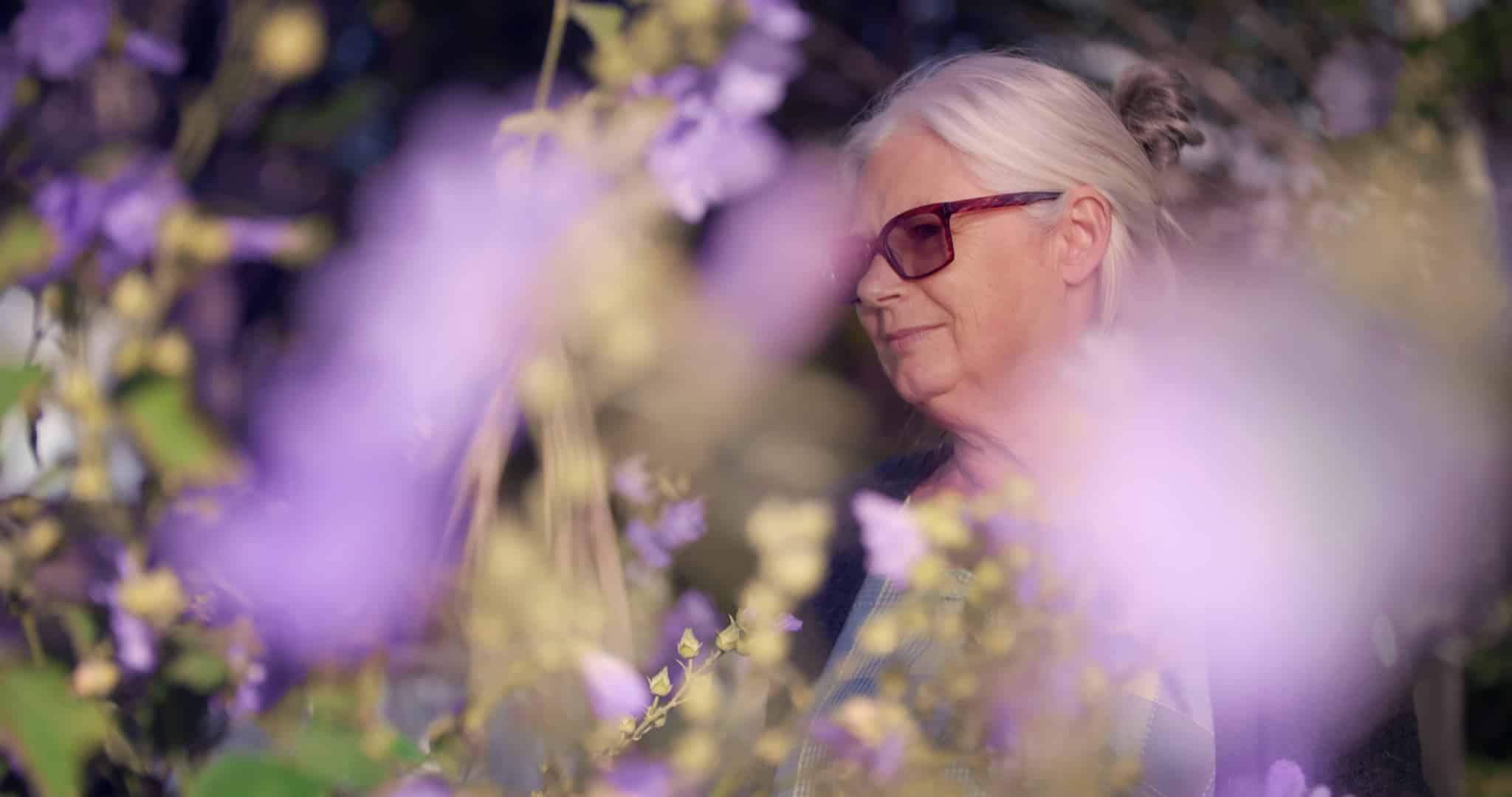Claire Sanford

Claire Sanford is a Canadian filmmaker, cinematographer and video artist working in two- and three- dimensional documentary storytelling. Her practice focuses on sensorial stories exploring the natural world, human identity, and how they overlap. Originally from Texada Island, British Columbia, Claire grew up immersed in nature and became versed in the quiet art of observation.
As a director, Claire’s work has been exhibited at film festivals and galleries internationally. Her short documentary Wind Should Be Heard Not Seen, which follows dust from the deserts of China as it travels around the globe, premiered at Hot Docs 2018. She is a recipient of the Hot Docs Accelerator program (2014), the Points North Fellowship (2016) and the Redford Centre Grant Program for Environmental Storytelling (2016). She is currently creating documentary and virtual reality work that explores and distorts anthropocentric visions of the natural world in partnership with the Canada Council for the Arts, the Conseil des arts et des lettres du Québec and the National Film Board of Canada.
As a cinematographer, Claire works with directors to translate emotion into evocative visuals in diverse and often unpredictable contexts. Her recent work includes Fanny: The Right to Rock by director Bobbi Jo Hart (Hot Docs 2021), Militant Mother (Hot Docs 2021) by Carmen Pollard, On Falling by director Josephine Anderson (Tribeca 2020). She has filmed around the world on formats from 16mm to 4k for feature and short documentaries and documentary series, narrative short-form projects, and 360-degree films.
She holds a BFA in Film Production from the School for the Contemporary Arts at Simon Fraser University, Vancouver (2009).
Claire lives and works on unceded land in Tiohtiá:ke/Montreal, situated on the traditional territory of the Kanien’kehà:ka, a place which has long served as a site of meeting and exchange amongst many First Nations including the Kanien’kehá:ka of the Haudenosaunee Confederacy, Huron/Wendat, Abenaki, and Anishinaabeg. She recognizes and respects the Kanien’kehà:ka as the traditional custodians of the lands and waters on which she engages in artistic practice, collaboration and exchange.




